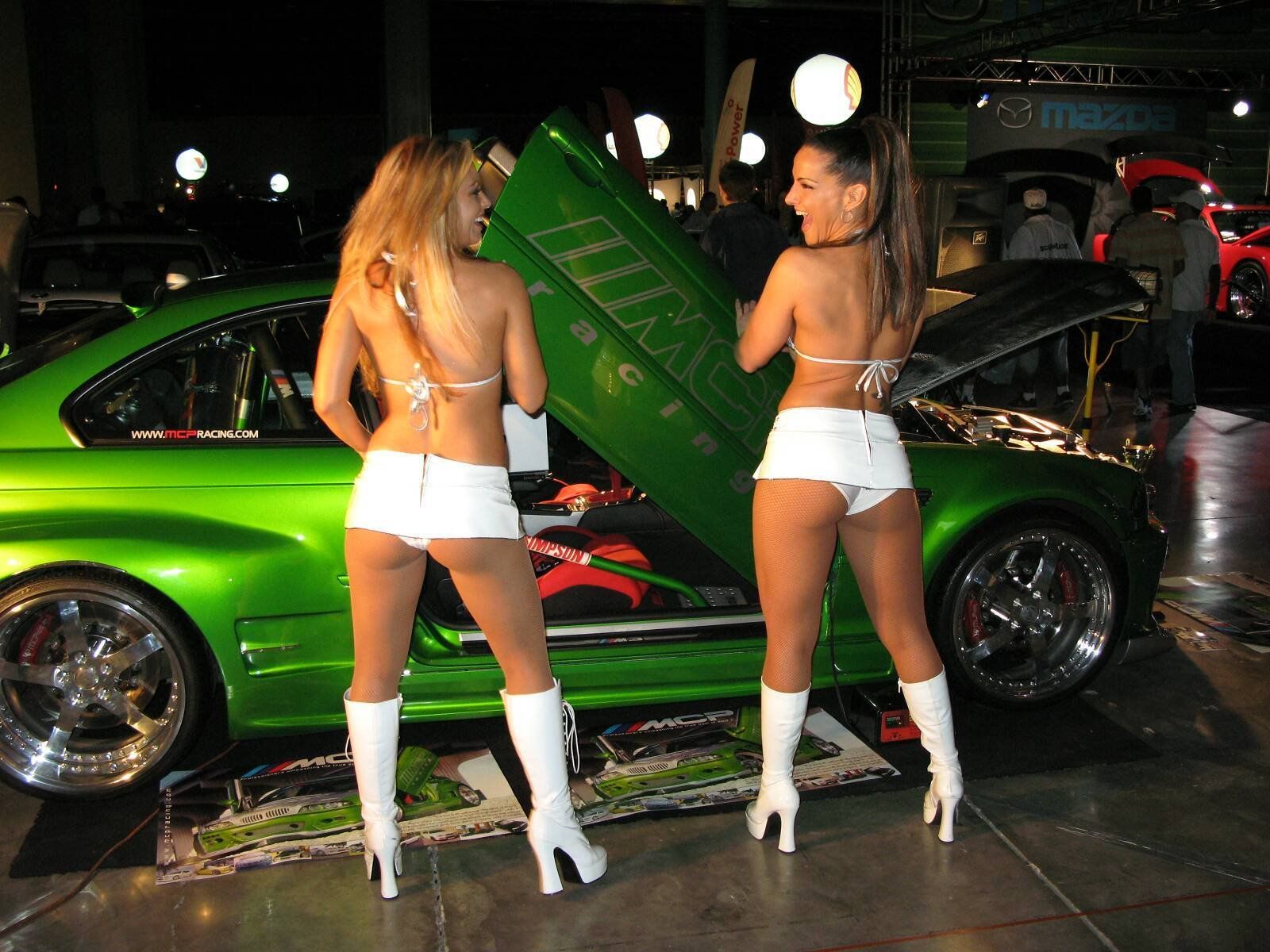|
|
|---|
Saturday, October 10, 2009

A special exhibition in the Audi museum mobile with the oldest surviving Audi models on display. The Audi museum mobile will be displaying no fewer than thirteen of the oldest Audi cars still in existence anywhere in the world. In order to present not only these historic vehicles but also any number of anecdotes from the company's early days in a stimulating manner, including the years up to the major interruption in its activities caused by the Second World War, the exhibition's organisers have adopted an unusual approach. The stories have become a storyboard, and this in turn takes the form of a comic strip. Each page deals with anecdotes, special occurrences and legendary landmarks in the Audi company's history. The choice of name, the dismissal of August Horch, the first eight-cylinder model, the pioneering adoption by Audi of left-hand drive in Germany, the competition for the first Audi radiator badge, acquisition by DKW and the subsequent creation of Auto Union – the chronicle continues until the point when, on the outbreak of war, Germany's second-largest automobile manufacturer had to cease production of passenger cars for the general public. As Stefan Felber from the Audi museum mobile explains: 'Audi's history is far too exciting for a conventional form of presentation. We have aimed to make it easily comprehensible at first glance, and for children to understand it easily too.' Car enthusiasts will welcome the chance to see outstanding examples from Audi's early history, above all the timelessly elegant Audi Front Roadster, on display for the very first time. Only two specimens of this prototype were built in 1935, and both have disappeared. Audi Tradition therefore supplied an original chassis to the specialist Zinke company in Zwönitz, which built a replica body with only photographs as a guide. Now this roadster, a 'dream in white', is making its world premiere at the Audi museum mobile. Another exceptional highlight is the Audi Type A, which dates from 1911. Exhibited for the first time at the company's head offices in Ingolstadt, this is the 78th car built by Audi in Zwickau and the oldest to have survived. This unique Type A, with its 26-horsepower engine, was capable of reaching 75 km/h. For the exhibition 'From Horch to Audi – The history of perfection has a new name', it has been loaned by the National Technical Museum in Prague –the first time, incidentally, that it has been made available in this way. The second-oldest exhibit, an Audi Type E built in 1913, also has a dramatic tale to tell. Its 55-hp engine, with a displacement of 5.7 litres, is the largest built by Audi during its Zwickau period. This model remained in production until 1924. Two examples are to be seen in the exhibition, one from the first and one from the final production batch. Although they have similar open tourer bodies, the changes introduced over an 11-year period can be clearly seen. The hero on the competition scene, however, is definitely the 'Alpine Victor' – the Audi Type C, built from 1911 to 1925. With August Horch himself as one of the drivers, this car won the Austrian Alpine Rally, at that time the most challenging event of its kind, three times in succession, the last occasion being in 1914. The car on display dates from 1919 and is still in roadgoing condition. Audi recorded a number of technical milestones in 1923 with the Audi Type M, in its day one of Germany's most luxurious and expensive cars. The engine had a light-alloy block and an overhead camshaft driven by a vertical shaft and bevel gears. An intake air cleaner was fitted. This Audi model was the first to have four-wheel brakes. The list price of 22,300 Reichsmarks was not within everyone's reach: Three of the 228 cars sold have survived, and also an additional chassis. The car on display is a sectioned model intended to illustrate the outstanding technical features and workmanship of the car. The Audi Type M was followed by the first Audi eight-cylinder model, the Audi Type R 'Imperator', which broke through the symbolic hundred-horsepower barrier. The car on display was built in 1929, and is the only remaining example of this model anywhere in the world. In 1931 Audi began to build the Type P, the first small car in the brand's history. For many years it was believed that none had survived, until 2003, when one was found in a barn in Ludwigsburg. Its documents indicated that the last owner had been the mayor of a town in the Swabian region of Germany and that the car had been taken off the road in 1955, to spend almost half a century like Sleeping Beauty waiting to be reawakened. Following extensive restoration in Riga (Latvia), Audi Tradition is now able to display this unusual car again – the sole surviving Type P. This first major Audi centenary exhibition is rounded off by cars produced by the Auto Union after its establishment and up to 1940 – two different Audi Front 225 models dating from 1935 and the last Audi to appear before the outbreak of war, the 1939 Audi 920.
Labels: Audi, auto, Car Prices, engine, model, RALLY, Used Car, Vechicles, Wallpapers, wheel
0 Comments:
Subscribe to:
Post Comments (Atom)
















